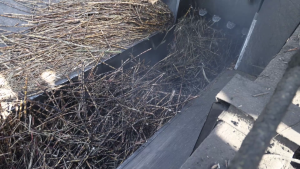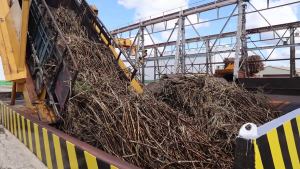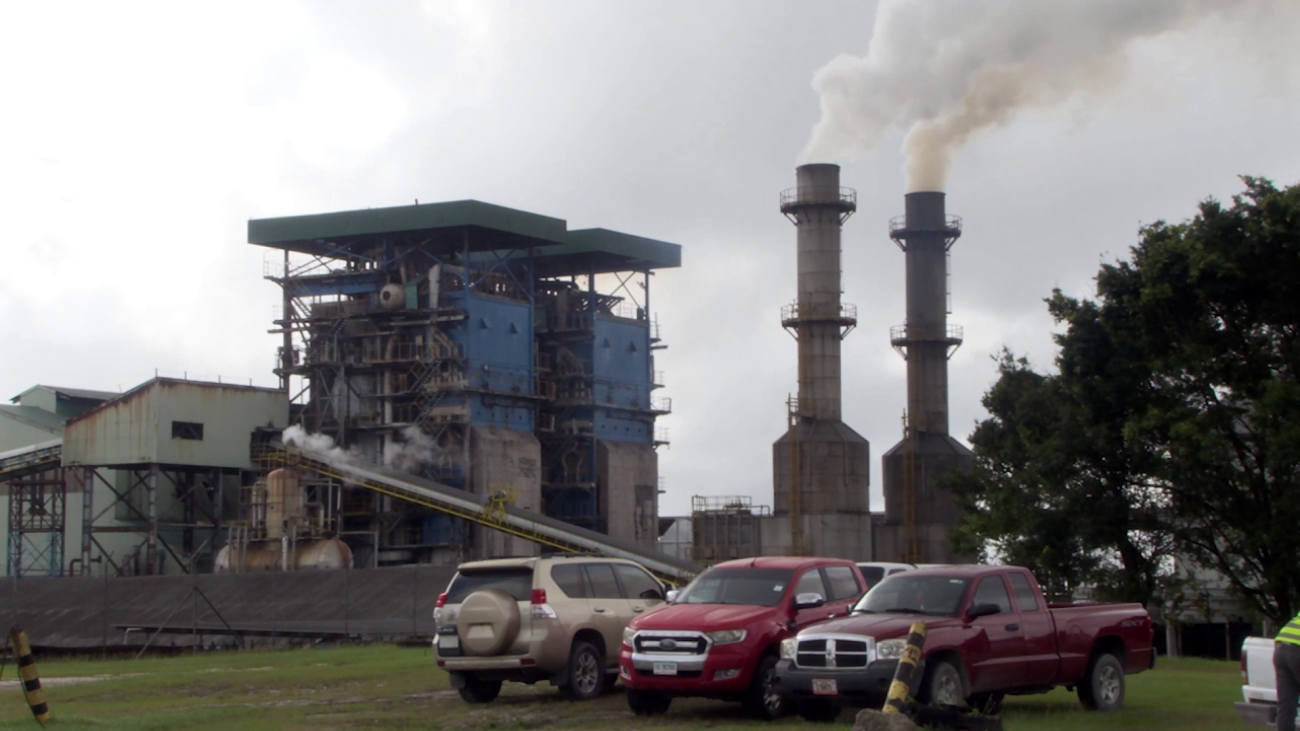Milling Resumes at Tower Hill but Sugar Yields Remains Low
Earlier this month, the mill at Tower Hill finally resumed processing sugarcane after a two-week delay caused by relentless rains and mud-caked cane. Although the quality of the cane has improved somewhat, industry insiders are worried that there might not be enough time to match the output of previous years before the crop season ends in June. This shortfall could lead to significant revenue losses. News Five’s Marion Ali has the full story.
 Marion Ali, Reporting
Marion Ali, Reporting
After a two-and-a-half-week break in milling operations at the Tower Hill factory, work finally resumed on March 4th, putting an end to a significant disruption in the sugarcane processing routine. The delay was largely due to bad weather. Now that milling is back on track, the quality of the cane being processed has improved a bit, according to B.S.I.’s Industrial Operations Manager, Stephen Usher. It’s almost back to what it was in recent years.

Stephen Usher
Stephen Usher, Industrial Operations Manager, B.S.I.
“We normally look for purities above 81. We were getting an average of the mid-seventies, which was low. The purity basically tells us how much sugar we can extract out of the cane, and also though, it basically is a guideline for extraction process. So, since the restart, we have seen improvements in cane quality purities. The mud percent cane coming in before that stop, we were averaging 10%. So, every ton of cane that we brought in, you know, 10% of that was mud. We are now back to normalcy where it’s three to 4%. To give you an example, we are normally closer to 48, 49,000 tons of cane for the week. Last week we did 46, 000 tons of cane.”
Alfredo Ortega, Chairman of the Committee of Management with the Belize Sugar Cane Farmers Association, explained that the weather was just one of the factors slowing down the cane farmers’ production. Parasites were another major issue.

Alfredo Ortega
Alfredo Ortega, Chairman, Committee of Management, B.S.C.F.A.
“One of the problems that we are facing right now that we’re seeing that has not improved the quality of the cane as we want it to be, is because of the pest infestation and the fusarium that was discovered last year in the month of October and November. Now that we are harvesting, we are seeing the problems that the fusarium has caused to many of those cane fields where the infestation has happened.”
Shawn Chavarria, B.S.I.’s Director of Finance, revealed that the mill has produced significantly less cane compared to the same period last crop. This shortfall is bound to lead to major revenue losses, as the industry will struggle to make up for the lost time.

Shawn Chavarria
Shawn Chavarria, Director of Finance, B.S.I.
“If you compare how much we’ve milled the date of 386,000 metric tons, last year at the same time, we had already milled 501,000 metric tons. There’s still ground for us to make up, but as Stephen mentioned, we’re seeing much lower mod levels, which is good for milling, but the quality still has quite a bit of room to catch up and we don’t think it’ll catch up. If the weather allows, we think we can get in all the cane, but we have to wait and see. And that’s why right now it is really important for the whole farming community and the mill to work together along with the support of S.C.P.C. to make sure that we are maximizing keen deliveries while the weather is good because we don’t know what the situation will be like come June.”
While the potential losses are expected to be quite significant, there’s no estimate yet of the exact amount. Ortega pointed out that the two districts are facing different challenges, which play a big role in this situation.
 Alfredo Ortega
Alfredo Ortega
“Our farmers are spread up between Orange Walk and Corozal and we are in different areas, so the situation and the problems are different in different areas that we are experiencing. So based on the deliveries of cane, that is how we are seeing all the percentage of loss is coming on board in regards to quality. in regards to yields, in regards to growth, we are seeing those effects now. So at this point in time, we’re unable to give a number on what is the projected loss for this crop.”
The sugar crop is expected to close in June. Marion Ali for News Five.







Facebook Comments